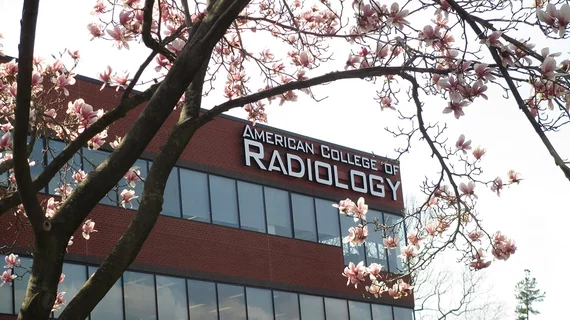ACR wants radiologist feedback as CDC eyes nonphysician X-ray reads
The American College of Radiology wants feedback from its members as one federal agency explores possibly letting nurse practitioners and physician assistants read certain X-rays.
Currently, the Centers for Disease Control and Prevention’s “B Reader Program” trains and certifies physicians to examine chest radiographs of workers partaking in federal health surveillance programs. Participating docs classify X-rays for the presence and severity of pneumoconiosis—a type of dust-induced lung disease seen in workers exposed to asbestos and coal mine dust.
As of October, 184 U.S. physicians across 35 states and two territories were certified as B Readers. But the CDC’s National Institute for Occupational Safety and Health (NIOSH) is now considering whether to let other providers participate so it has coverage in all 50 states.
The college said last month that it’s working to formulate a response, and now it wants to hear how members of the specialty view this request for information.
“ACR member feedback is critical,” the organization said in a Jan. 9 news update. “The college will develop and submit comments incorporating this input. Feedback is particularly needed from certified B readers, previously certified B readers, or physicians intending to become certified B readers to help inform ACR’s substantive responses to the questions. ACR requests feedback by Feb. 3.”
Meanwhile, the CDC is accepting opinions on its RFI until March 17. At the time of our initial story, the agency had received three responses, but the total has now ballooned to nearly 400. Radiologists took to social media after the initial ACR report was published Dec. 19, sharing their thoughts on the RFI.
“@CDCgov don't make this mistake. Stop watering down the quality of our healthcare system,” wrote Jade Anderson, MD, a Wisconsin-based radiologist. “Our patients deserve only the best care, from those trained at the top of their field to do so.”
“Scope creep coming to radiology. After the AI threat, the midlevels are here to read the X-rays,” said Florida radiologist Harpreet Grewal, MD.
“Radiologists and the ACR will only be able to delay this. The sooner they start thinking more strategically than in the past, the better,” added Pennsylvania radiologist Seth M. Hardy, MD, MBA.

